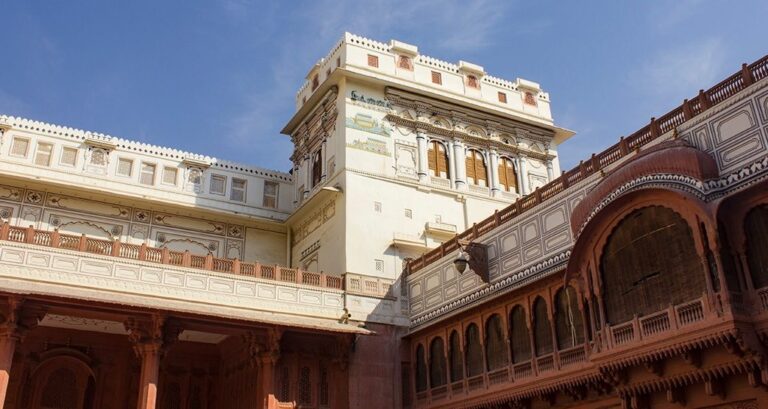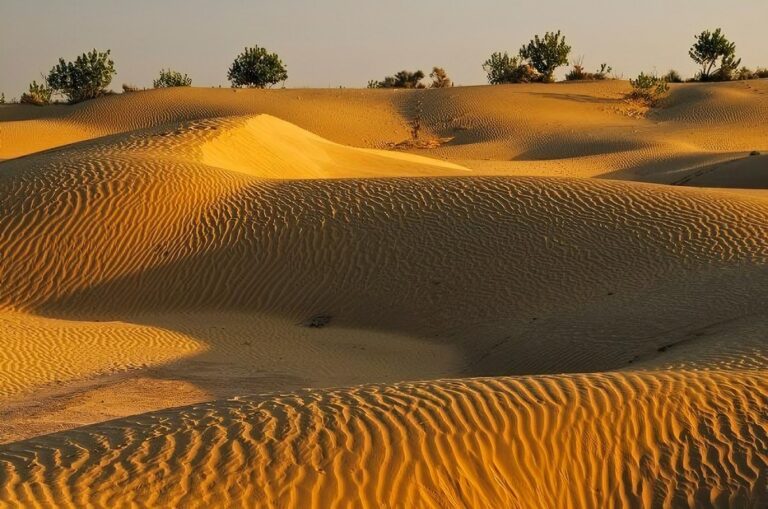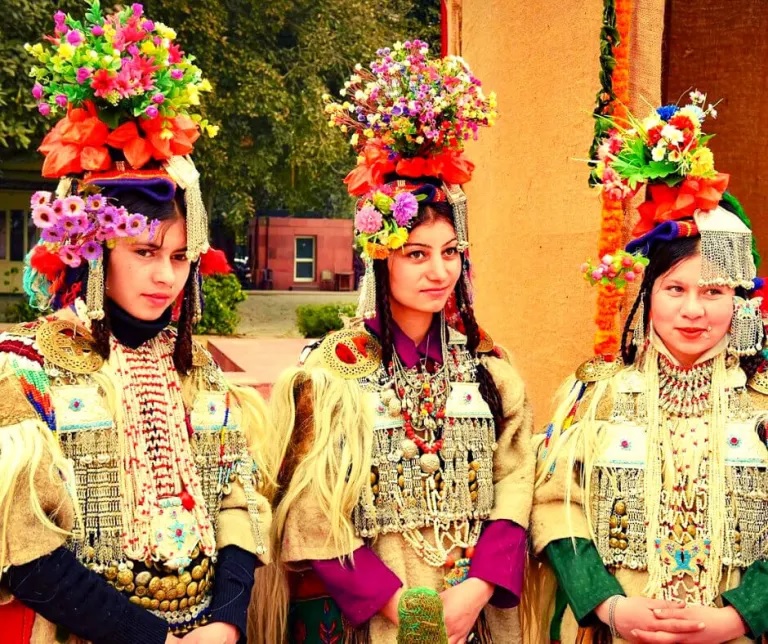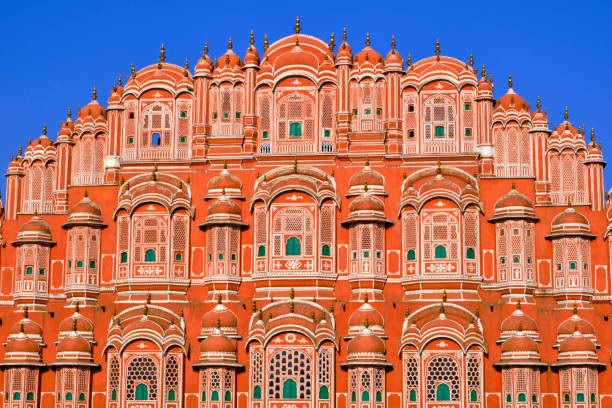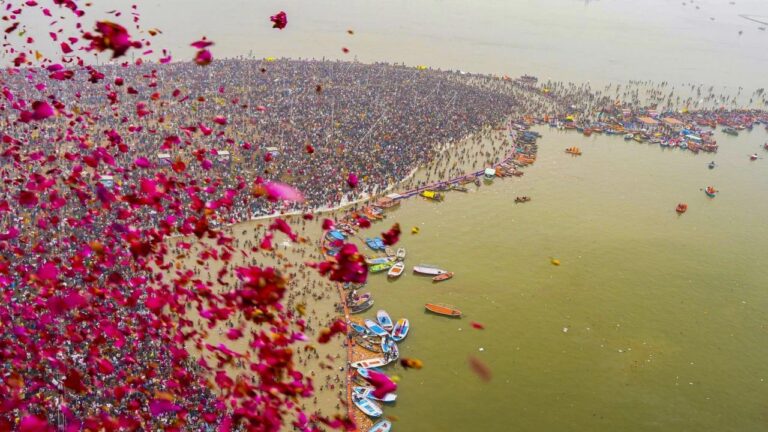
Prayagraj – Allahabad
The city of Prayagraj (still called Allahabad until 2018) is located in the northern Indian state of Uttar Pradesh and has about one million inhabitants. Translated, the name of the city means something like “City of God”. The city is particularly important for followers of Hinduism as it is located



